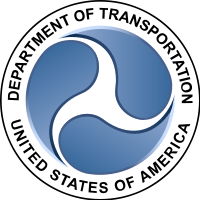June 2011 Vol. 238 No. 6
Government
DOT Control Room Regulation To Take Effect Early

The U.S. Department of Transportation’s Pipeline and Hazardous Materials Safety Administration (PHMSA) announced June 16 that a new regulation to improve the management of pipeline control rooms will go into effect over a year earlier than originally planned.
The final rule will include procedures to improve training, mitigate fatigue, and clearly define roles and responsibilities for employees in control rooms for DOT-regulated pipelines.
“Safety is our top priority,” said U.S. Transportation Secretary Ray LaHood. “These new regulations will help pipeline operators make critical decisions that could stop a pipeline rupture or leak before it causes harm to people or the environment.”
Control room operators monitor hazardous liquid and natural gas pipelines through computer equipment that records and displays operational information about the pipeline system. Critical functions, such as pressure, flow rates, and valve positions, allow controllers to make informed decisions about what actions to take. These monitoring and control actions are vital to managing pipeline operations along hundreds, and frequently thousands of miles of pipeline.
This rule will accelerate pipeline operator requirements by as many as 16 months. These requirements will establish shift lengths and maximum hours-of-service and develop training programs for control room operators.
“We pushed to accelerate these improvements because control rooms have an impact on how well and how quickly an operator responds to leaks or other problems,” said PHMSA Administrator Cynthia Quarterman. “This rule will increase the safety of pipeline operators’ control rooms and help ensure employees have the training they need.”





Comments